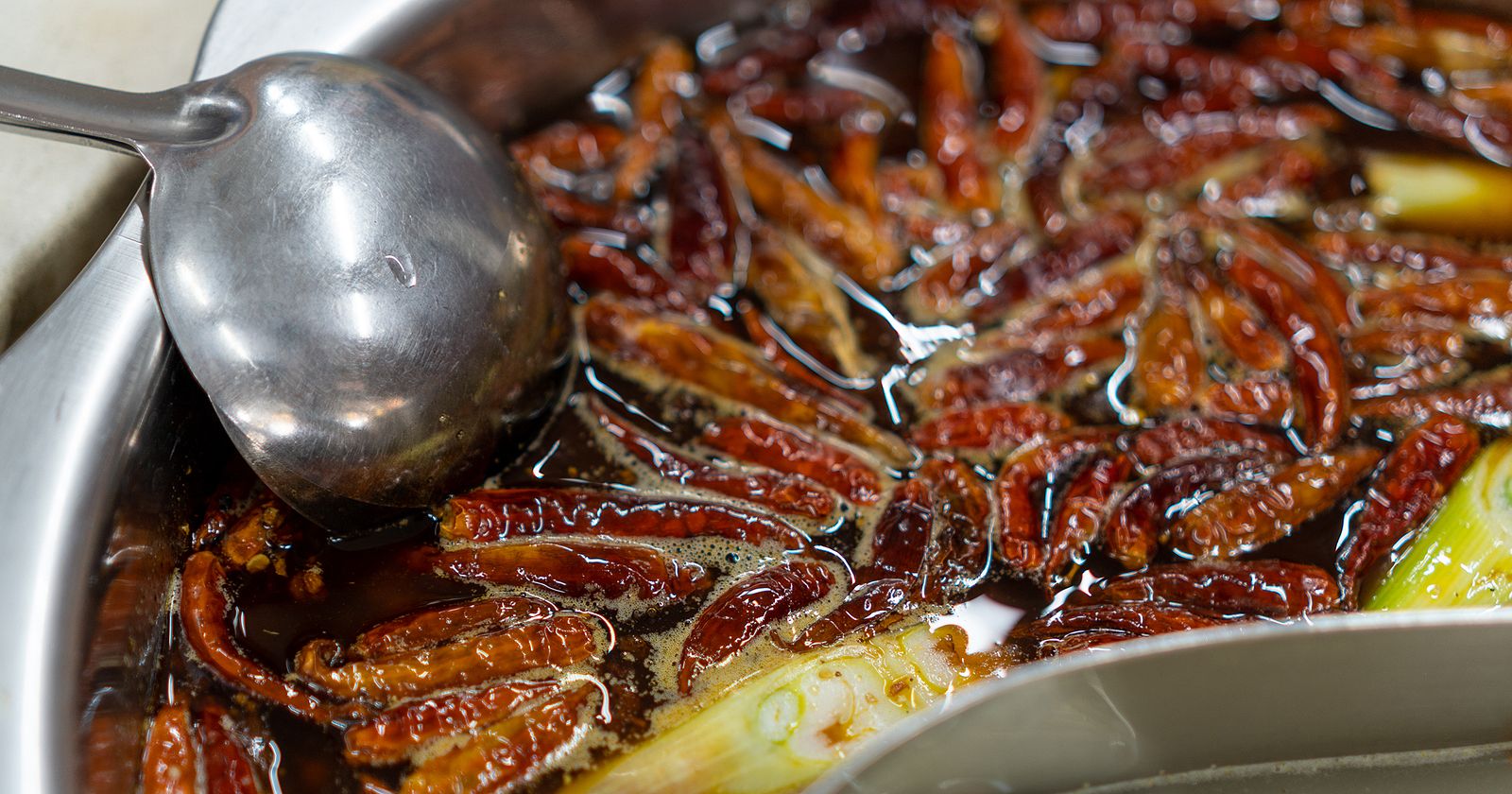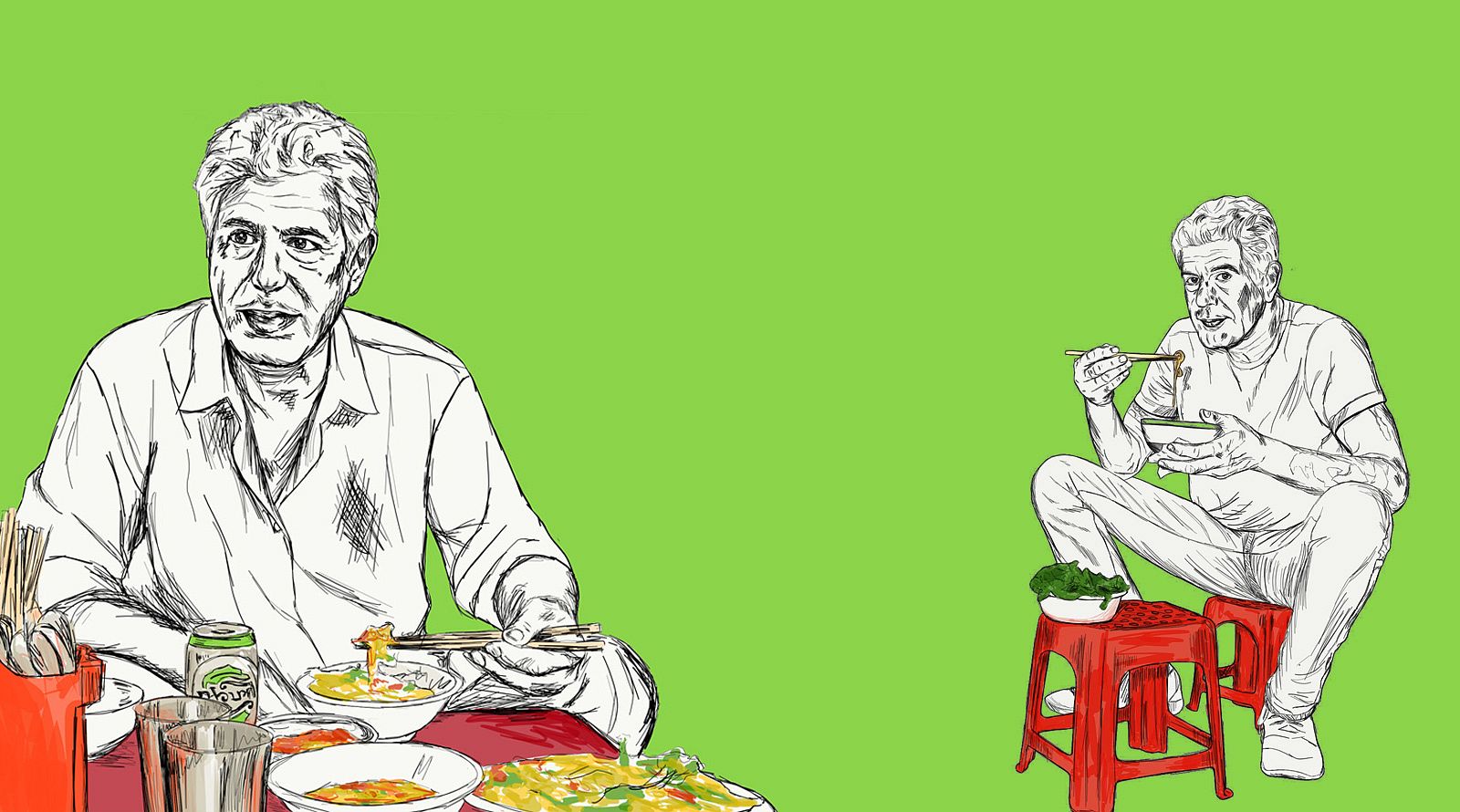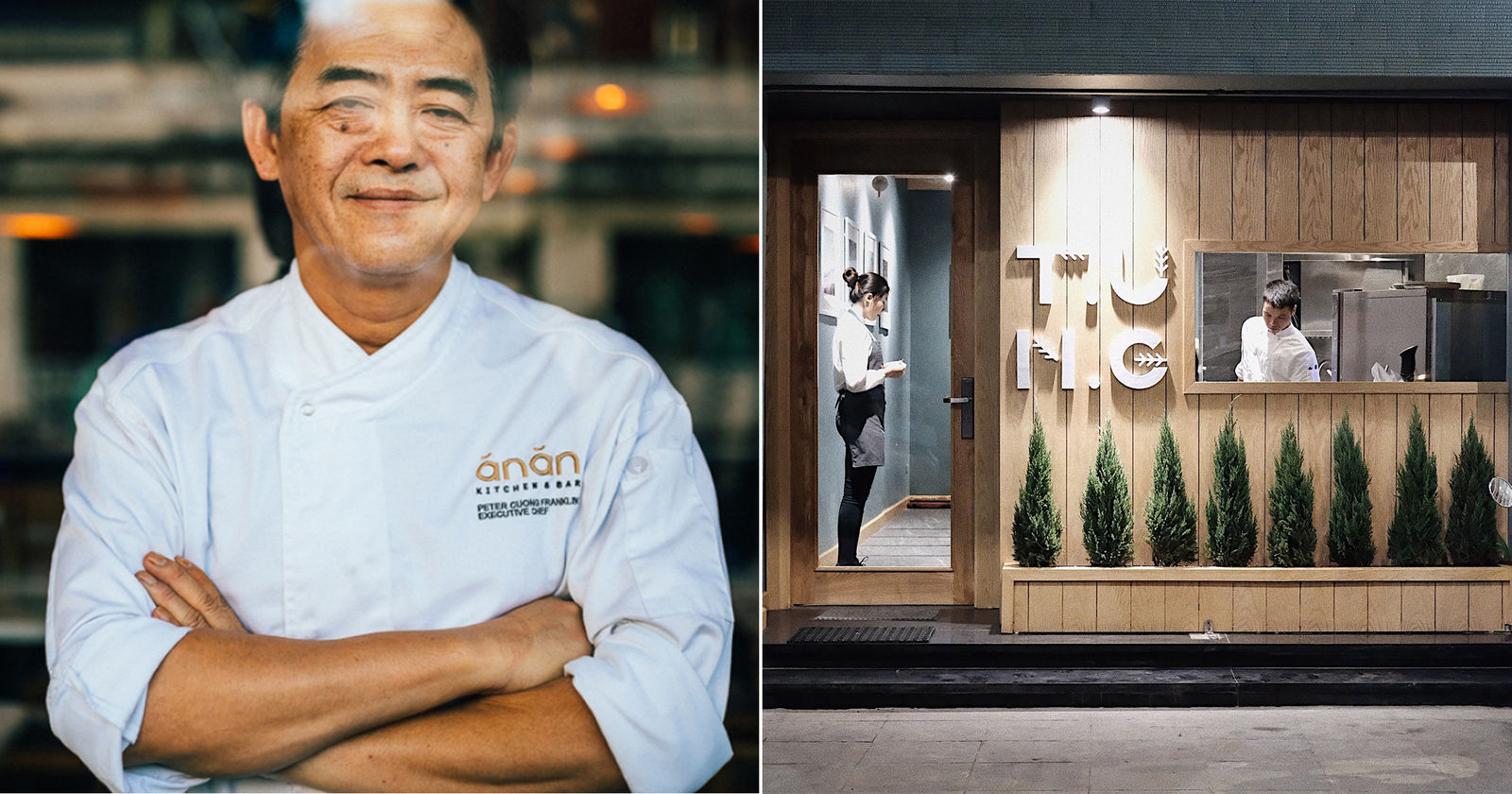Believe it or not, there is more to Binh Duong than just industrial parks producing your next Uniqlo T-shirt or pair of running shoes.
Be honest: when was the last time you really thought about Binh Duong? Have you ever even considered it? Though it neighbors Saigon, I'm guessing most city residents rarely spare a thought for the province, unless they work in manufacturing.
Of course, this industrial image isn't wrong: QL13, which stretches north from Binh Thanh District into Binh Duong, is lined with factories and huge manufacturing zones. This doesn't make for pleasant scenery, but thanks to the vicissitudes of global supply chains, there is a large population of Chinese and Taiwanese factory managers and workers in the area.
This has given rise to a diversity of restaurant options that would likely stun a Saigoneer who has only ever driven through Binh Duong on the way to somewhere else (I'm including myself in that camp, for the record).
Cholon is famed for its Chinese cuisine, and there are certainly many wonderful options there, but they generally fit in the same rather narrow band of Chinese food. Binh Duong has a far greater variety - a variety that extends across the Taiwan Strait from mainland China to a personal favorite nation of mine.
However, these restaurants are not easy to find for the uninitiated, and their menus are only in Chinese and Vietnamese, so over the course of two features I'm going to provide a small guide for adventurous eaters willing to look beyond the borders of Saigon.
The hotpot
I'm not shy about the fact that I'm not a big fan of hotpot. The preferred dish of weddings and banquets generally just doesn't do it for me, especially in the tropical climes of southern Vietnam.

Moving forward I will make an exception for the offering from Quán Ăn Trùng Khánh, a humble restaurant at the entrance to the Viet Huong Industrial Park. The eatery, which uses the Vietnamese name for the Chinese province of Sichuan, falls into the 'substance over style' category, as its peeling walls, faded curtains, anemic air conditioning and aggressive lighting don't create a very gentle ambiance.

But that's not the point. The point is flavor, and the kitchen serves that in spades through its Sichuan hotpot.
The signature dish, lẩu uyên ương, is divided into two halves in the serving pot at the center of each table: one half is an opaque bone broth with tomatoes, onions and Chinese herbs, and the other features a broth absolutely packed with powerful Sichuan peppers.

Diners can choose what to add from a menu with over 80 items, with prices ranging from VND38,000 for corn to VND328,000 for goat meat.
We went with three types of mushrooms (nấm kim châm and nấm), tofu (đậu hủ non), tofu skin (đậu hủ ky), blood cakes (huyết), taro (khoai môn), thinly sliced lamb and beef (dê miếng and bò miếng), pig intestine (thú linh), and an assortment of herbs. As the hotpot comes to a boil, assemble your custom sauce configuration from the provided Taiwanese sate sauce, sesame sauce, garlic and fermented tofu paste. Drop your ingredients into the hotpot, let them cook, remove, dip and eat.


I'll include a disclaimer here that Quán Ăn Trùng Khánh's hotpot is not for the faint of heart. The chili broth doesn't punch you in the face like a hot chicken wing; instead, the deep, powerful spice numbs your mouth to a degree. Anyone who doesn't like spice probably shouldn't attempt this, but those who can handle the heat are in for a rewarding Sichuanese experience that I haven't been able to find in Saigon before.
A good strategy is to alternate bites of the pepper broth with spoonfuls of the more balanced bone broth, which will give your taste buds a moment of reprieve.
We also ordered a plate of dumplings (bánh bao nhỏ), but they were on the doughy side - much closer to an actual bánh bao than dim sum, and I'd advise simply focusing on the hotpot and the dozens of potential components on offer. As for drinks, iced tea is complimentary, while herbal tea, Heineken and Tiger beer are also available. Expect to sweat, so you'll need to stay hydrated.

The banquet
Further up QL13 sits Điền Gia Quán, which presents a far different atmosphere from Quán Ăn Trùng Khánh. Turn into the restaurant's plant-fringed compound, and the highway noise quickly fades away.

This banquet-style Taiwanese business has dining rooms for parties ranging in size from six to 150 and is very popular with Chinese-speaking businesspeople in the area as well as, according to the manager, Japanese and Korean groups celebrating successful deals. As a result, making a reservation in advance is recommended.
Điền Gia Quán is owned by a Taiwanese parent company known on the island for their frozen hot pot products. This outpost, which opened two years ago, serves an expansive menu overseen by Chef Tang, who was brought in from Kaohsiung specifically to run the kitchen. Other than imported seasonings, almost everything on the menu is sourced locally.

Chef Tang's offerings span several menu pages of grilled meat dishes, vegetable-based dishes, Taiwanese staples and Chinese-Japanese fusion creations - appropriate for Binh Duong's diverse Asian diaspora community.
Our group of five split five dishes. and while prices are higher here, the quality and expertise of the cooks match the price tag. Given the giant lazy Susan on the table, it's clear this place is made for sharing.
First was the fried taro and duck, served with a martini glass of dry ice (khoai môn vịt chien giòn). The crispy, perfectly fried taro crust gave way to rich, tender duck meat, making for a rather decadent start to the meal.

Then came the almost comically rich slow-cooked pork belly, with marbled layers of fat between melt-in-your-mouth meat. The small bunches of bok choy served with the opulent pork portion almost seemed like a satire of vegetables.

Following the pork was the fried shrimp with mayo and pineapple (tọm chien sốt mayo). Plated in a way that the dish looked a bit like a cartoon sun from above, this colorful creation was more subtle in flavor. When overused, mayonnaise is repulsive, but Chef Tang's team didn't overdo it here, adding just the right amount of creamy goodness to the plump, crunchy shrimp.

The final two dishes of this feast were Taiwanese staples: an excellent, gently spicy rendition of mapo tofu (I abide by an unwritten law that this item must be ordered whenever visiting a Taiwanese restaurant), and juicy grilled Taiwanese sausage (lạp xưởng Đài Loan nướng). The sausage is actually made by the company which owns the restaurant and is available here in Saigon at places like Annam Gourmet, for those interested.


Quán Ăn Trùng Khánh and Điền Gia Quán illustrate the huge range of Chinese and Taiwanese options in Binh Duong, from dingy and utilitarian to white-tablecloth banquet compounds. There is much more to explore in the province (more on that in the future), but these two restaurants alone are well worth the trip, which takes no more than 45 minutes each way (outside of rush hour). So, if you're looking for authentic Sichuanese hotpot or Taiwanese mainstays, go north!
1. Quán Ăn Trùng Khánh: 36/2, To 3, Thuan An City, Binh Duong (It's only listed in Chinese on Google Maps - the exact location is here.)
2. Điền Gia Quán: 246 Dao Lo Binh Duong, An Thanh Ward, Thuan An City, Binh Duong















